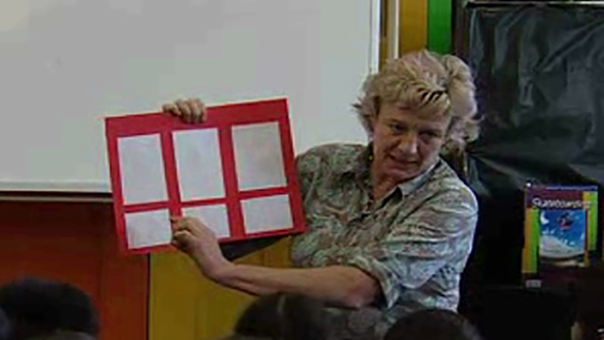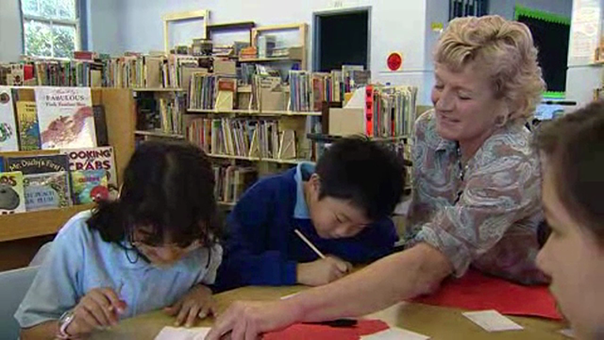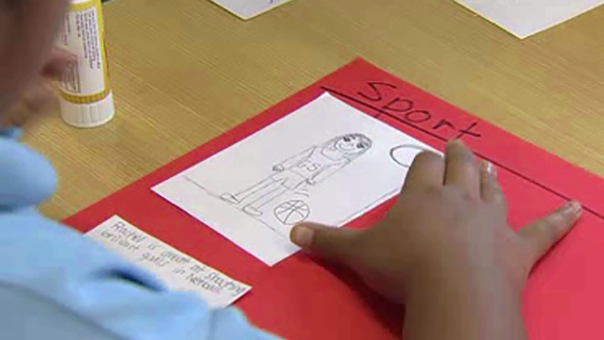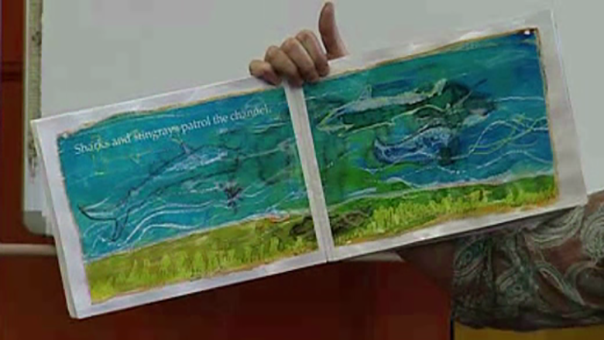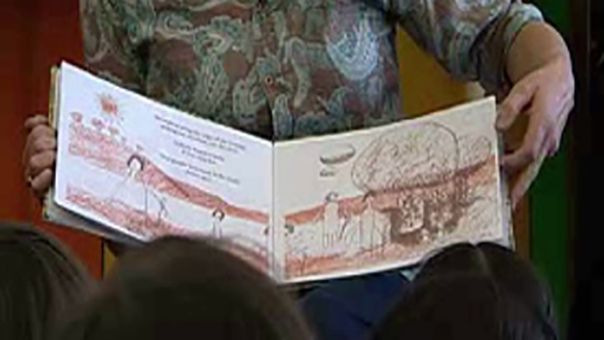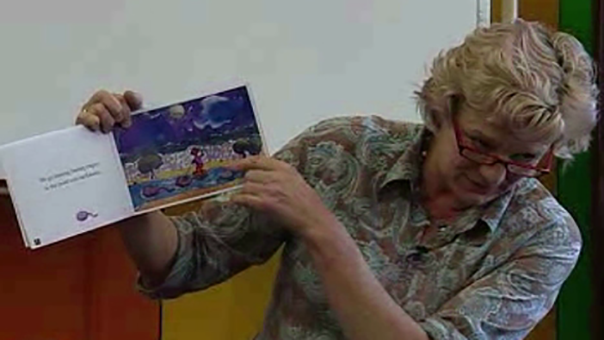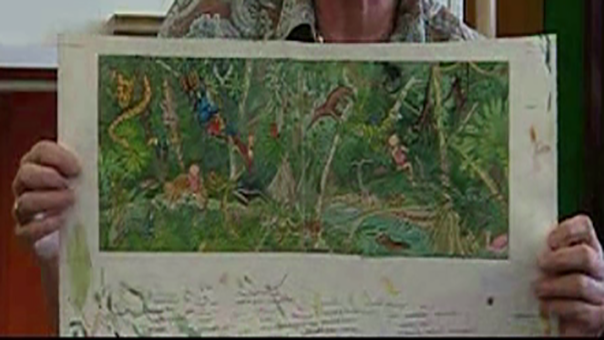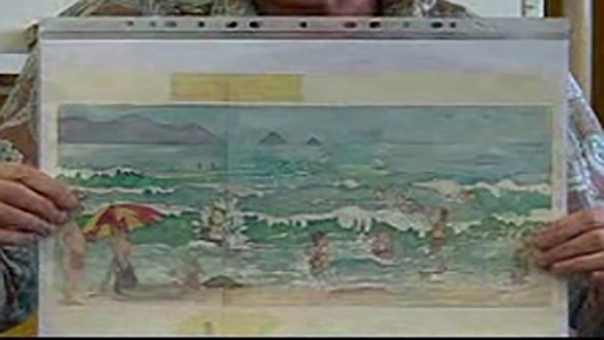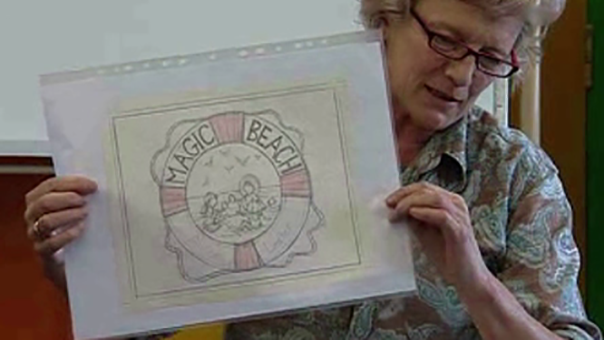6. Making your own book - Telling real stories
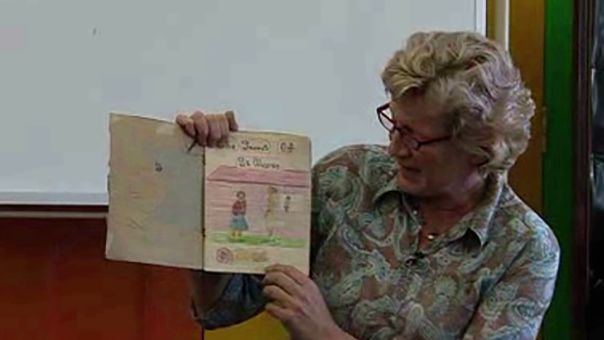
Viewing guide
Teacher to:
-
introduce the idea of student writing their own book
-
elicit discussion on the lessons learned from the previous class book process.
Students to:
-
write a reflection on what they learned about the writing process from the class book creation process
-
review their book idea from the first lesson based on their new learning, what would they change?
Students to:
-
discuss the comments Alison Lester made about her early work, how did that help her become a published author?
-
discuss whether they would like to read stories about people their age living on a farm? Why or why not?
-
write a journal entry about their book, is it a real story? What do they know lots about, what parts of their life might be interesting to someone living in a different state or country to them?
In this lesson students will begin the process of creating an individual book, telling a real story about their life. The resource assumes that the book may be a picture book or a chapter book. Activities include suggestions for creating some artwork and images, but these activities can be excluded if students are only working on a chapter book.
Students will first reflect on the writing and editing process as covered in the earlier activities around making a class book and then apply their learning to a new individual text.
Depending on the class this activity can be combined with later activities to create a longer lesson.
Learning intention
Completing this activity affords students the opportunity to:
-
communicate effectively for a variety of audiences and purposes using increasingly challenging topics, ideas, issues and language forms and features (EN3-1A)
-
compose, edit and present well-structured and coherent texts (EN3-2A)
-
identify and consider how different viewpoints of their world, including aspects of culture, are represented in texts (EN3-8D)
-
recognise, reflect on and assess their strengths as a learner (EN3-9E).
Alison Lester: I thought you might like to see this book, which is the first book that I ever did. I did this one when, I think I did it when I was ten, I'd have to have a bit of a look at the date. It's very ancient. It's older than all your mums and dads, I bet. It might have a date written on it, Grade 4, so I was probably about eight or ten, I suppose, and it's called 'The Secret of St Clares' and it's really a terrible book. Like, no-one would look at this and go, 'Oh this kid's obviously going to illustrate and write children's books when she grows up.' Instead of doing a story about what I was doing then, which was like living on a farm, riding my horse and and having a good time, I wrote this stupid story about an English girls' boarding school because that was the sort of stuff I loved reading and it's a bit like now, sometimes when kids get a chance to write stories they do Harry Potter-type stories and it's always better to do your own sort of book.


